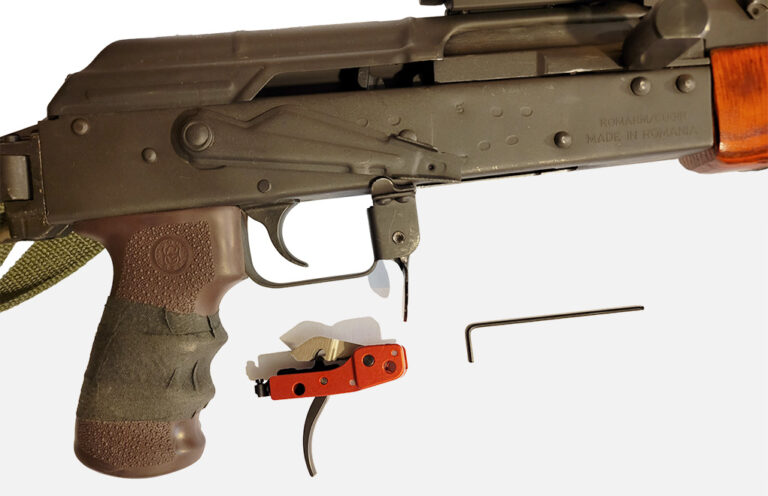
We hit the range to test out Timney’s AK Drop-In trigger.
The rifle I grew up shooting was an AK, so it’s not all that surprising that I’ve never had any complaints about AK triggers. Sure, I’ve since fired plenty of other guns with objectively much better bang switches, but that never resulted in me feeling the need to run out and replace any of mine. That is no longer true, at least to a degree.
Timney recently sent me their AK Drop-In trigger to test out, and that meant I had the opportunity to fire it side-by-side with a stock AK equipped with the prevalent (and essentially standard) Tapco G2. The difference between the two was night and day, but we’ll talk more about the specifics after going over the installation process.
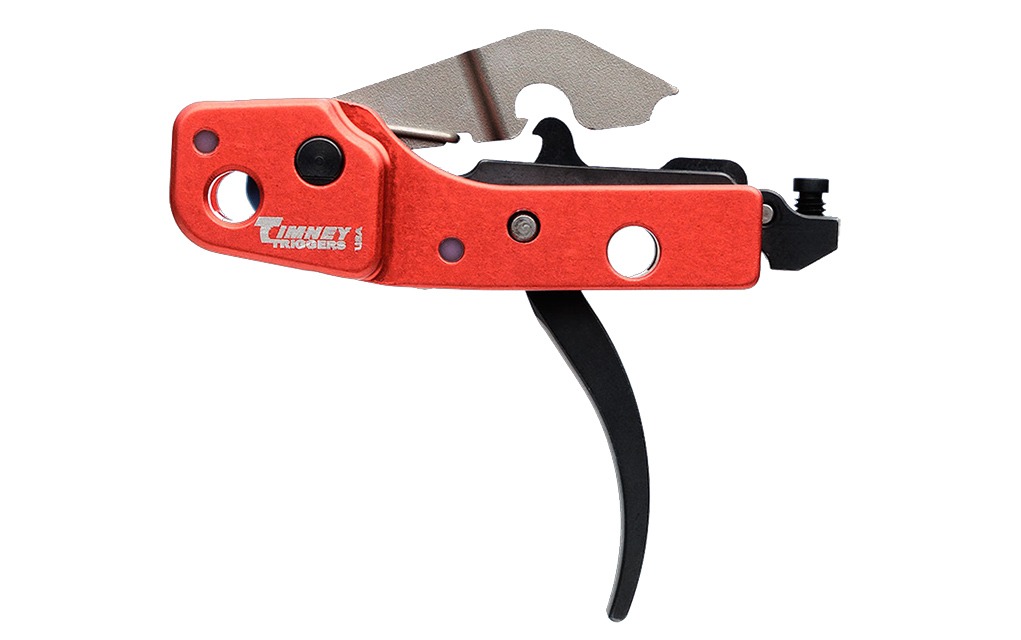
Installing The Timney
Replacing an AK’s trigger group can seem a bit intimidating at first to those who are mostly familiar with ARs, but it’s not as complicated as it looks. In fact, the two designs are generally similar when it comes to their fire control groups.
As far as the original FCG designs go, both the AK and AR have two main components—a trigger and a hammer—and each of these is held in place by a pin that goes through the receiver. The point is, if you’ve hammered pins while building an AR-15, you should feel at home doing the same on your AK.
Timney provides excellent instructions in the box and has posted a video guide online as well. The employee in the video completes the whole process in about 5 minutes, and it only took me 10 or 15 to do it for the first time.
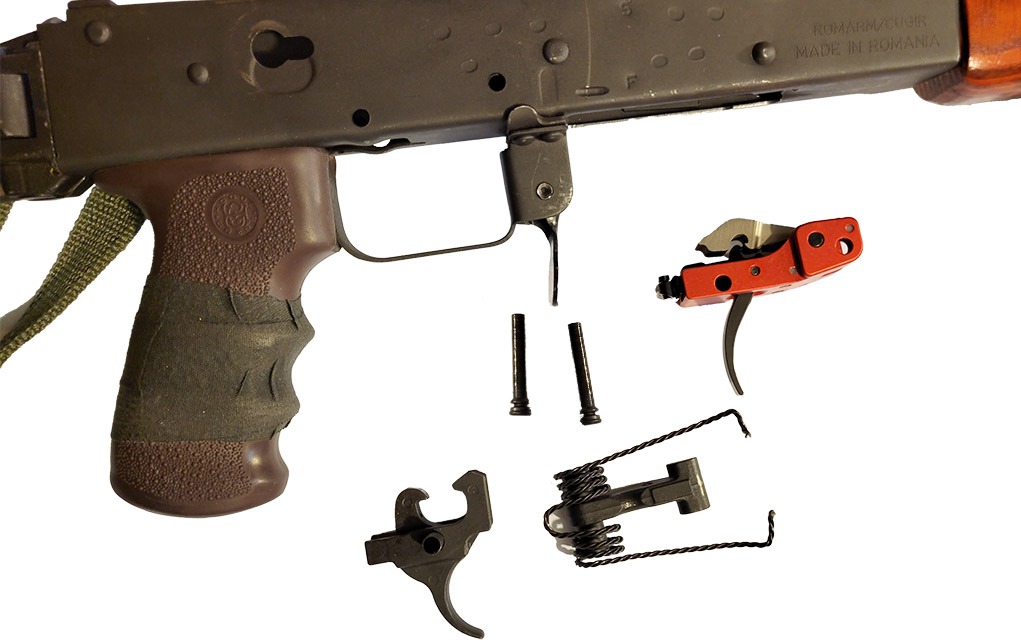

In a nutshell, the process entails using a punch to hammer out your AK’s trigger and hammer pins, removing the old trigger and hammer, dropping in Timney’s cassette-style trigger group and then reinstalling the hammer and trigger pins through the unit. Finally, you tighten it all down with the provided hex wrench, reassemble your rifle and are ready to shoot.
The only extra piece of advice that bears mentioning is to ensure that your hammer and trigger pins are fully reinstalled as far as they can go. Because it was flush with the receiver, I didn’t notice that my trigger pin still had a millimeter left to go when I was installing mine. This resulted in the pin walking out and causing some minor malfunctions during my first range session with it, but once properly installed everything worked as it should.
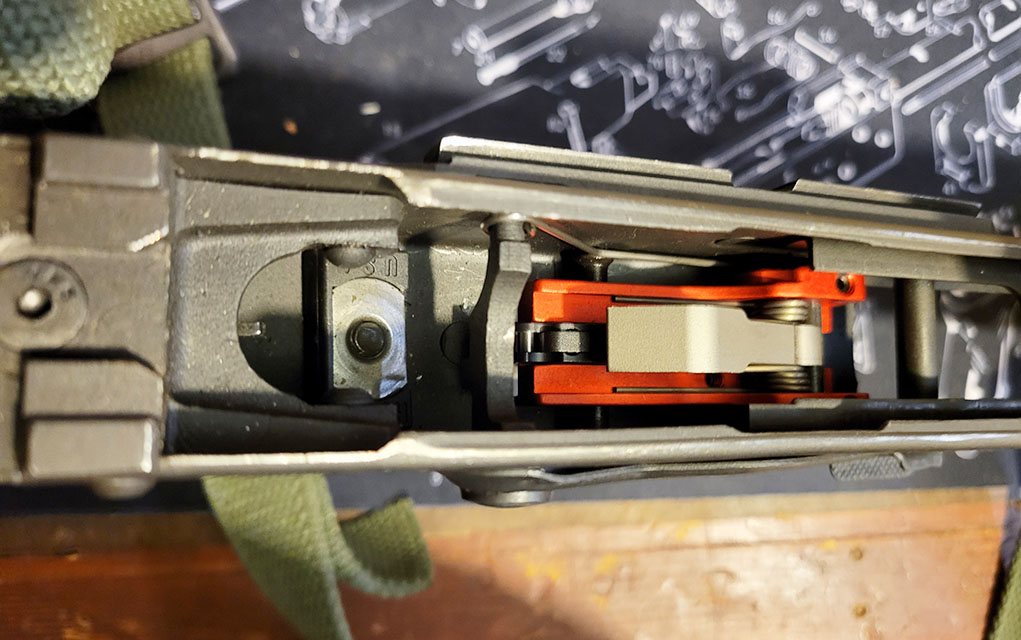

The rifle I installed the Timney in is a Romanian WASR SBR in 7.62×39, but according to the company’s list, the trigger should be compatible with most common AK rifle variants owned in the U.S. besides M70-pattern guns from Yugoslavia/Serbia. I specify rifle, because two types of guns that the trigger will not work in are AK shotguns and AK PCCs. That’s sad news for any 3-gunners who may have been looking to upgrade their Vepr-12 or PSA AK-V, but hopefully Timney will eventually accommodate those too.
On The Range
Once I got that initial self-induced hiccup out of the way, the Timney AK trigger was 100 percent reliable. And, as mentioned, it felt and performed amazing next to an AK with a Tapco G2.
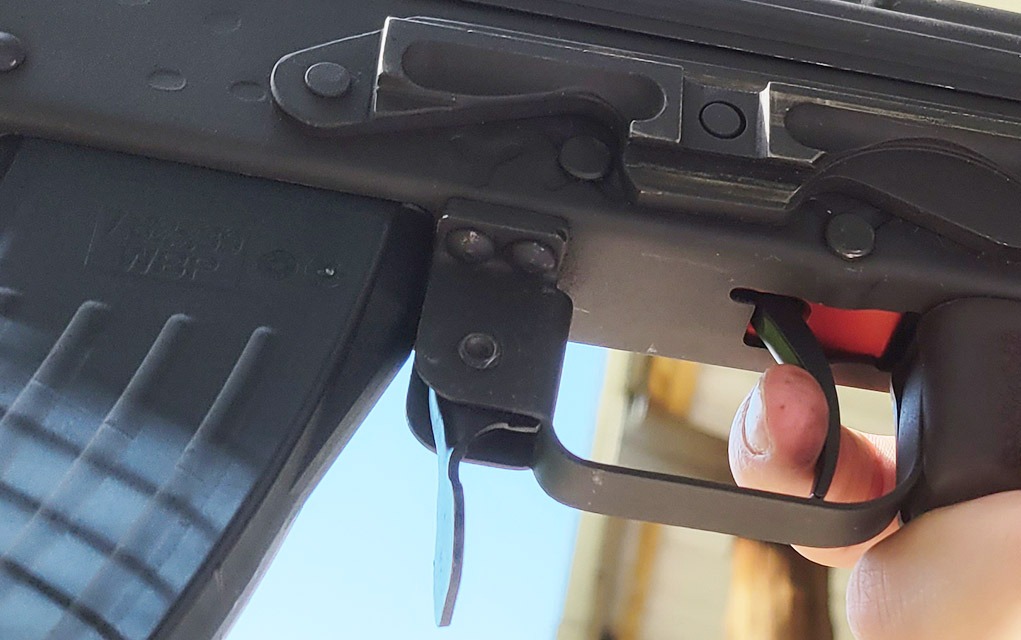

The Timney AK Drop-In trigger is a single-stage, non-adjustable trigger with an advertised pull weight of 3.5 pounds. I don’t have a gauge to measure that, but 3.5 pounds seems about right.
While that may sound light in comparison to mil-spec AR triggers, it’s actually in the same ballpark as the Tapco G2. What makes the Timney trigger great isn’t its light weight, it’s that it has basically nonexistent take-up and an incredibly short reset. These qualities can be helpful in two very different areas of shooting: precision and speed.
For precision shooting, the reasoning is the same as why precision rifles often feature a similar trigger, sometimes even made by Timney as well. When you’re trying to hit the bullseye, the less you move the gun when it goes off the better that shot will be. A trigger that requires very little rearward movement to trip simply makes that job easier.
Testing the Timney against the Tapco G2 at 100 yards confirmed this. Only using iron sights and shooting at a quarter-sized silhouette steel target, I made hits much more consistently with the Timney. I attribute this difference mostly to how much take-up the G2 trigger has in comparison, as well as the definitiveness of the Timney’s break.
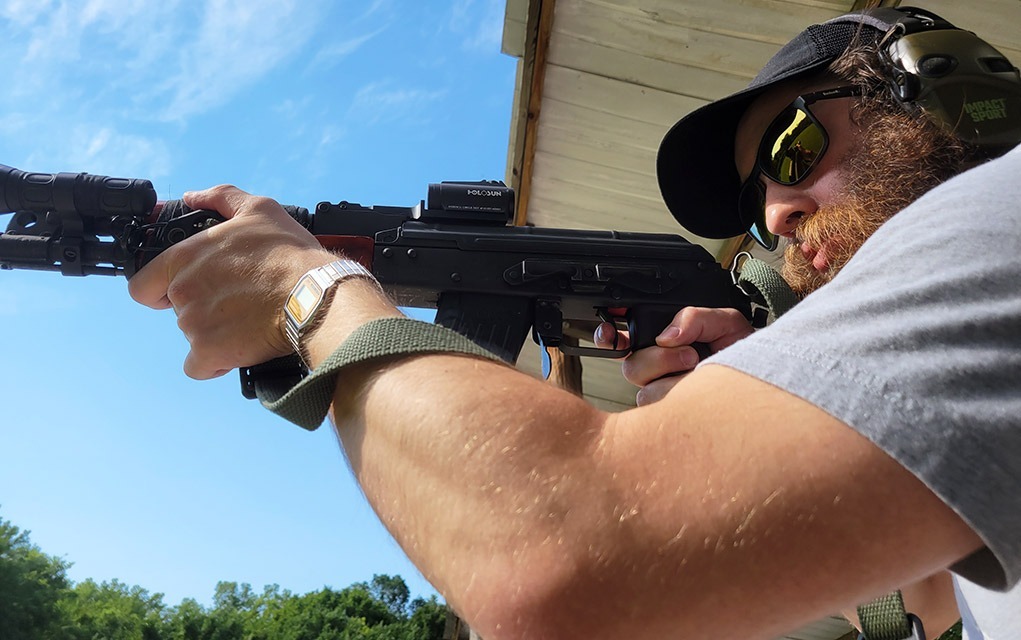

As far as shooting fast goes, a short take-up is nice, but a short reset is even better. If you aim to dump a magazine as fast as possible the Timney will get you there noticeably quicker. Mag-dumping isn’t very practical, but double-taps and follow-up shots can be, and the Timney’s short reset aids with those as well.
One Quirk
I touched on rifle compatibility earlier, but one part I didn’t mention is that the Timney AK trigger has a “safety screw” that may need to be adjusted to function properly with certain rifles. I read all of Timney’s literature I could find and scoured the internet for an answer, but my trigger still has one minor quirk worth mentioning.
No matter how I adjusted the safety screw, it wouldn’t let me activate the safety when the hammer was forward. Ironically, this makes the AK’s safety behave like an AR-15’s.
If that’s a known side effect of the design, Timney doesn’t mention it anywhere, so I have to assume that it just has something to do with the pattern of rifle I installed it in. Thankfully, as far as these things go, this issue is very minor and not one that I’m concerned about. It could be a small annoyance if you shoot at a range that wants safeties engaged whenever a gun isn’t being shot, but that just means you may have to charge the rifle again once it’s empty to cock the hammer back. Many already do this as part of the procedure for ensuring that the chamber is clear.
Considering that everything else still functioned as it should and that any time a round is chambered it will be possible to engage the safety, at the end of the day I don’t think it really matters. That said, it would be preferable if it worked as it normally does and allowed the rifle to be put on safe regardless of the condition of the hammer.
Parting Shot
The Timney feels wonderful, and I’m glad to have an AK outfitted with one now. I still may not feel the need to run out and replace the triggers in my other rifles, but I understand the appeal and potential benefits much better. Most American shooters, AK owners or otherwise, keep things pretty casual. There’s nothing wrong with that, and for recreational plinking or even training, the stock triggers that AKs come with are good enough to get the job done. But some people want more than that.


Whether you’re just spoiled by the feel of very nice triggers and want to experience that with your AK too, or you use a Kalashnikov to compete or in some sort of tactical capacity, upgrading the trigger is one of the simplest ways to improve your rifle’s performance. With an MSRP of about $200, Timney’s AK trigger isn’t for everyone, but for how much it improves a rifle’s feel there are shooters out there for whom it will be worth it.
More On Trigger Upgrades:
Read the full article here











